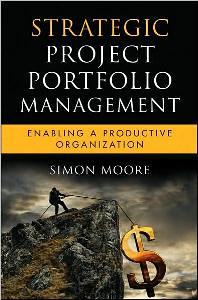I don’t actually know if this was launched in 2010 or not, but I love the idea of the Brownie Edge Pan. If you’re the sort of person who likes the brownies that have edges, this gives you more of them. Genius.

The Third Generation Amazon Kindle is also one of my favorites. As the New York Times recently pointed out, the iPad has not killed the Kindle. And optimization for reading, together with incremental improvements and and the addition of games continues to drive the Kindle forward.

XBox Kinect is impressive technology. It’s now possible to play video games just by moving your body. For example, you can throw a discus, drive a car or jump over a log. It’s not just fun technology, it also shows that gesture recognition has a lot of potential as a means of interacting with software in many fields beyond gaming.

NFL RedZone is a new concept in showing sport on television. Rather than showing a single game, the channel flicks between all the current games showing all the scoring as it happens. It’s a fairly intense way to watch sport, but undeniably innovative.

Finally, though the client version launched in 2006, the Google Reader for Android application just launched this month, and it’s the perfect way to read blogs on the go. Simple design, very well executed.

PopSci also have their top 100 innovations of the year here, PopSop’s brand oriented list is here and Time’s list is here.


















